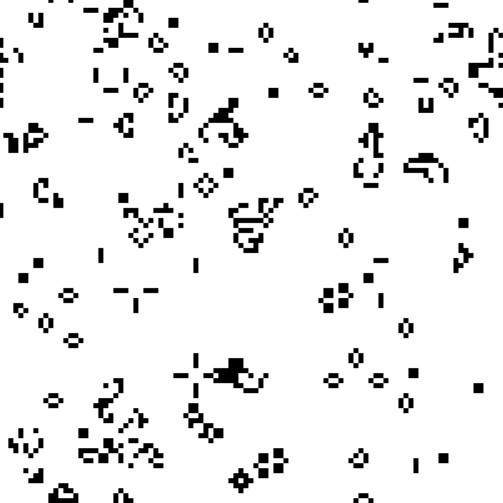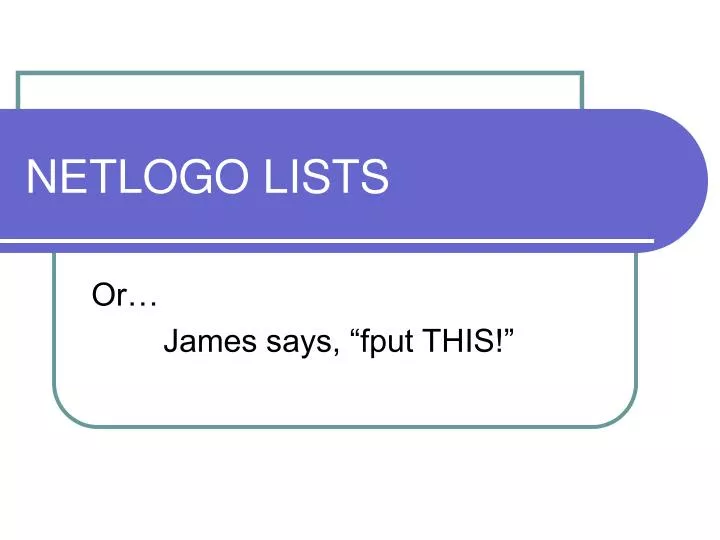
Journal of Science Education and Technology. "Students' Learning with the Connected Chemistry (CC1) Curriculum: Navigating the Complexities of the Particulate World" (PDF). International Journal of Computers for Mathematical Learning. "An Atom is Known by the Company it Keeps: A Constructionist Learning Environment for Materials Science Using Agent-Based Modeling (CCL)" (PDF). ^ Blikstein, Paulo Wilensky, Uri (2009).Epistemology and Science Education: Understanding the Evolution vs. "Teaching and Learning Evolution as an Emergent Process: The BEAGLE project (chapter 10)". ^ Wilensky, Uri Novak, Michael (2010).Evanston, Illinois: Northwestern University. The Center for Connected Learning and Computer-Based Modeling (CCL). "Lowering the Learning Threshold: Multi-Agent-Based Models and Learning Electricity" (PDF). ^ Sengupta, Pratim Wilensky, Uri (2011).Chicago, Illinois: Northwestern University. Visualization Tools for Agent-Based Modeling in NetLogo (PDF). ^ Kornhauser, Daniel Rand, William Wilensky, Uri (November 15–17, 2007).NetLogo was designed and authored by Uri Wilensky, director of Northwestern University's Center for Connected Learning and Computer-Based Modeling (CCL). Many teachers make use of NetLogo in their curricula. It is in use in a wide variety of educational contexts from elementary school to graduate school. NetLogo is open source and freely available from the NetLogo website. Beyond exploring, NetLogo allows authoring new models and modifying extant models. NetLogo allows exploration by modifying switches, sliders, choosers, inputs, and other interface elements. It comes with an extensive models library including models in a variety of domains, such as economics, biology, physics, chemistry, psychology, system dynamics.

The NetLogo environment enables exploration of emergent phenomena. Many scientific articles have been published using NetLogo.

NetLogo was designed with multiple audiences in mind, in particular: teaching children in the education community, and for domain experts without a programming background to model related phenomena.

It teaches programming concepts using agents in the form of turtles, patches, links and the observer. If this becomes greater than the number of ticks the turtle is allowed to stay on the patch, let it choose and move to the new destination.NetLogo was designed by Uri Wilensky, in the spirit of the programming language Logo, to be "low threshold and no ceiling". On each successive tick check the difference between the current-time ticks global variable and the ticks-since-here turtle variable. Once the turtle arrives at its destination record the ticks (the global variable which records the number of ticks that have passed till now) into a turtle variable say ticks-since-here.Also this has to be a turtle variable and not a global variable since each turtle will have a different value for this You are right, this can be done by making the turtles count the number of ticks they have been on a patch.


 0 kommentar(er)
0 kommentar(er)
